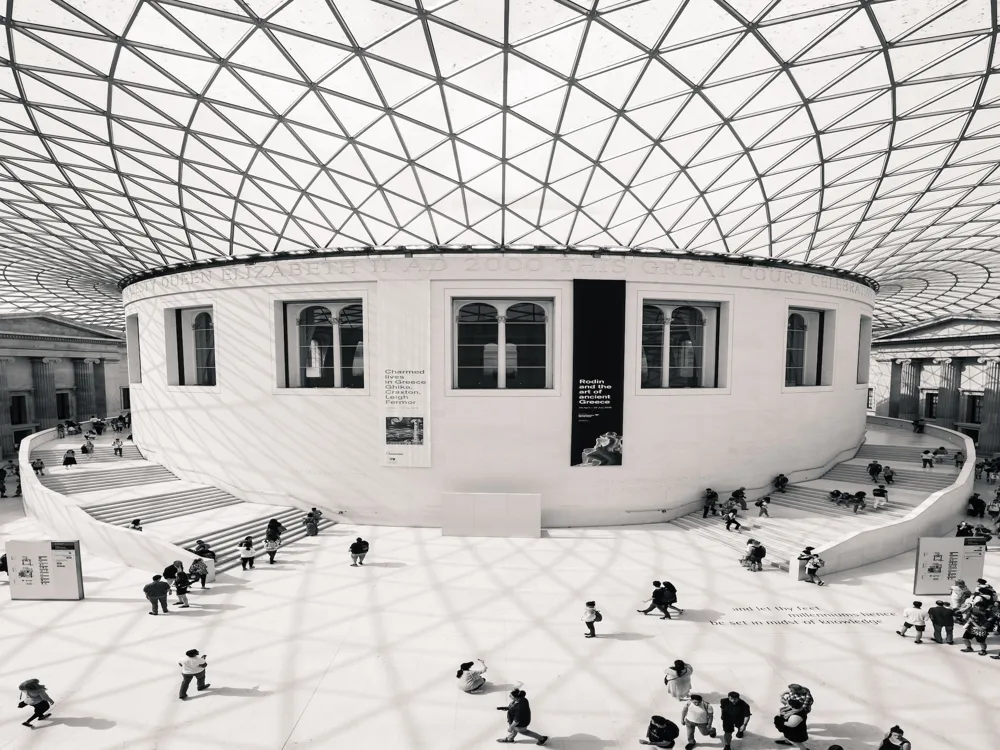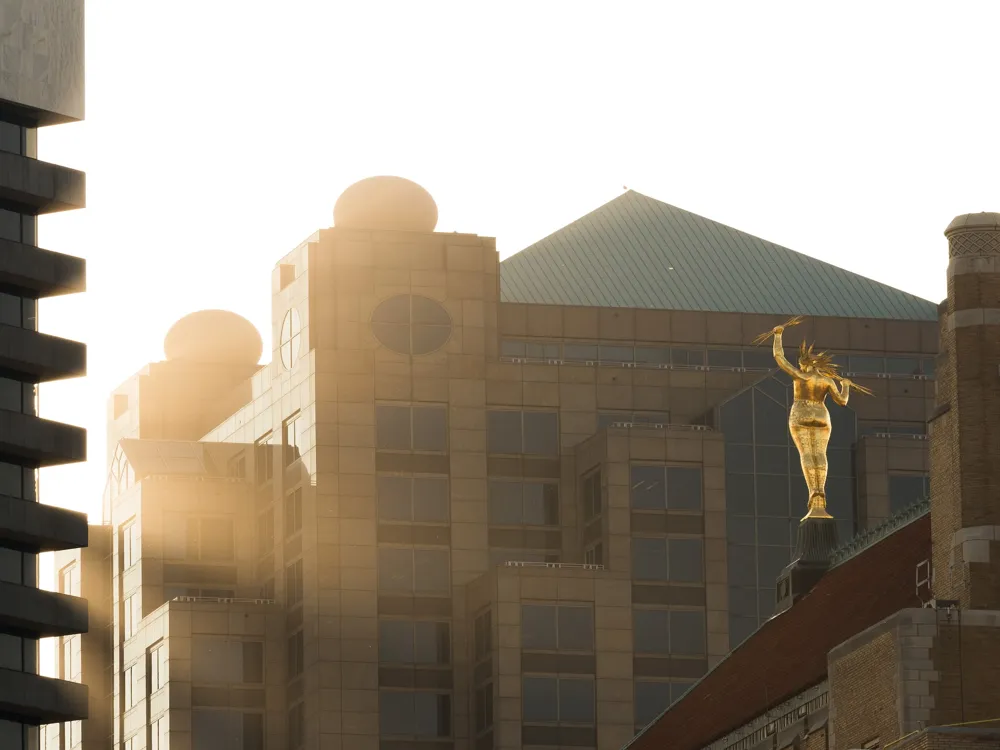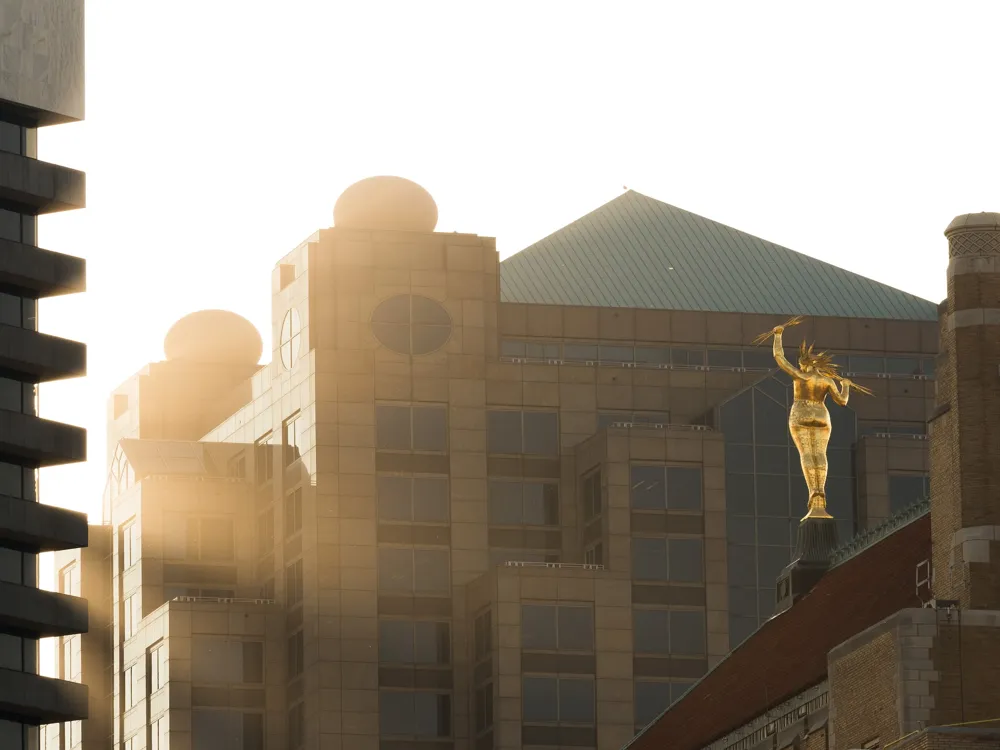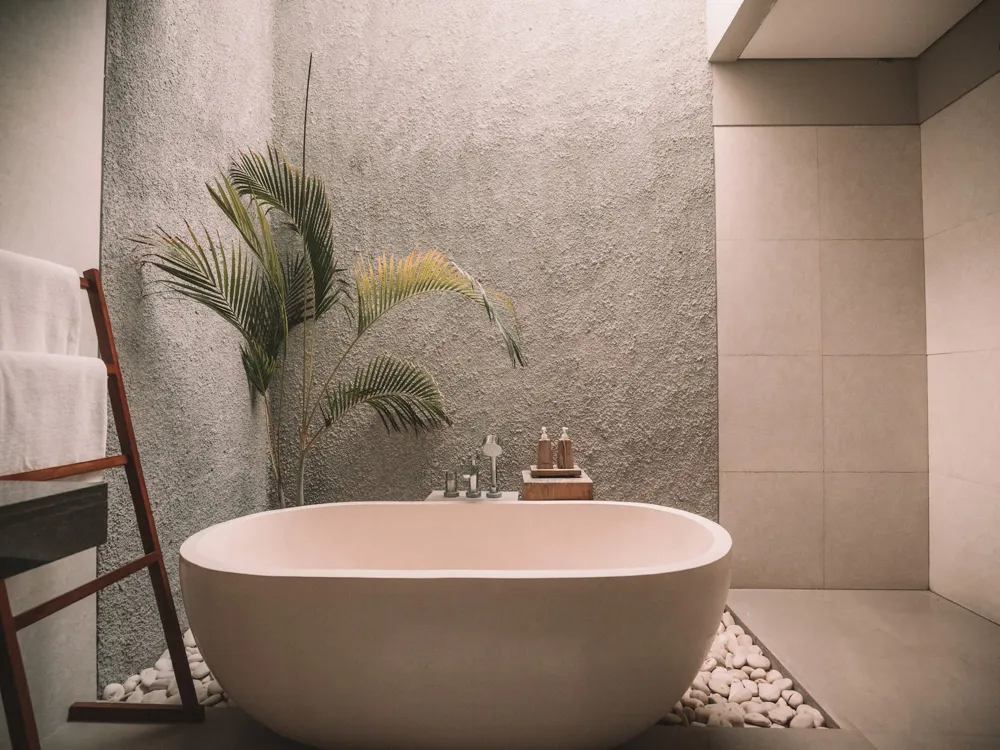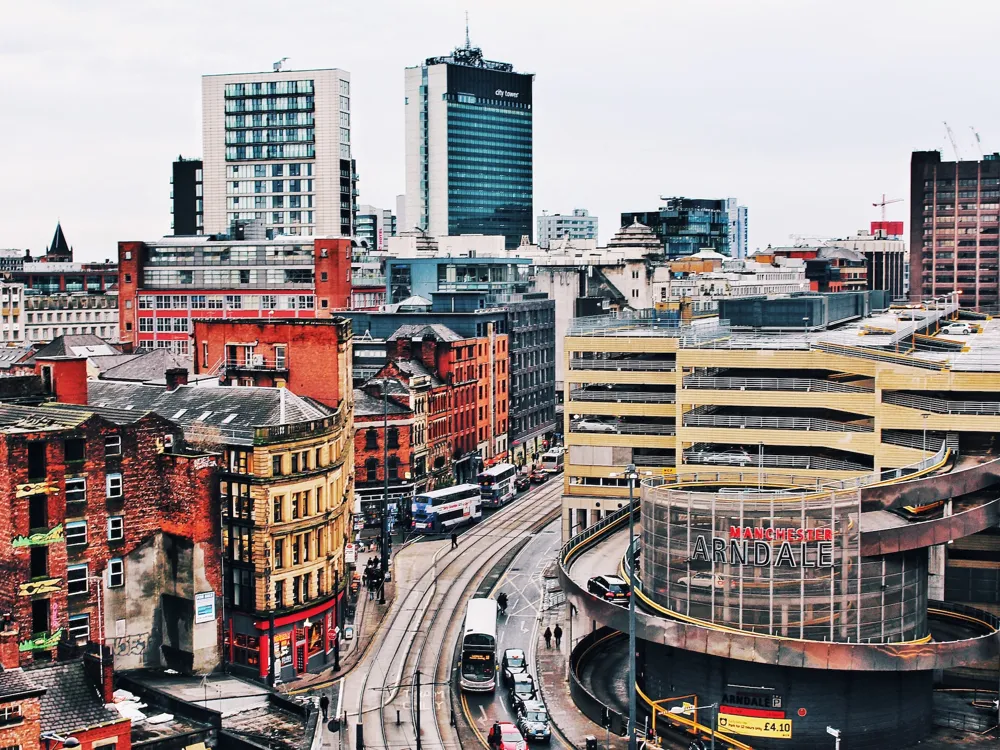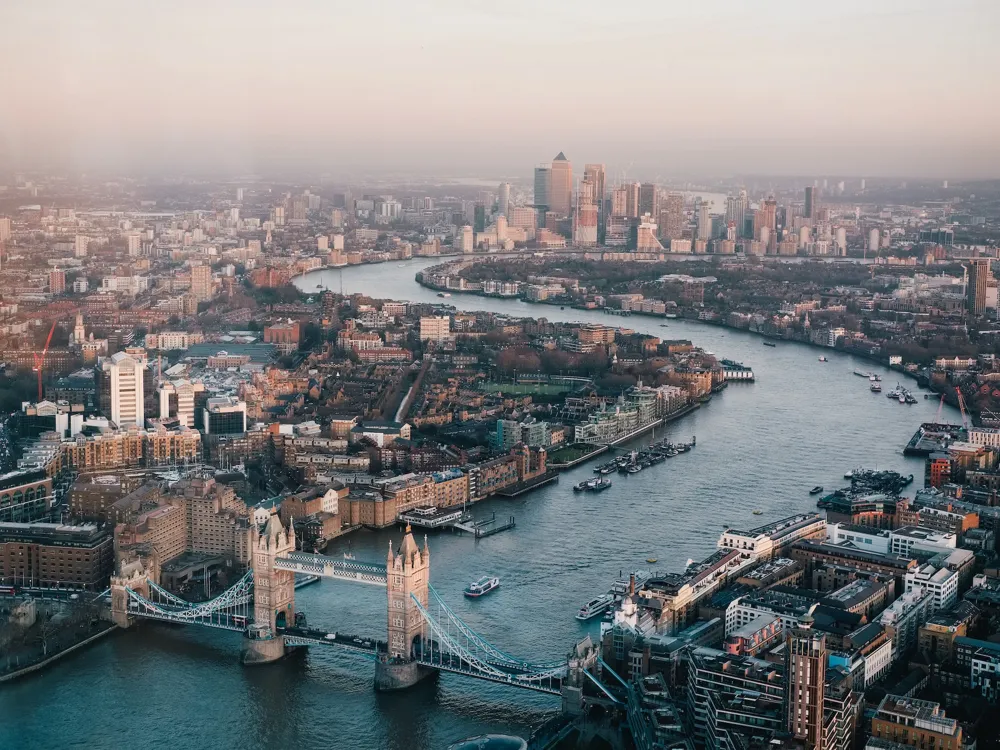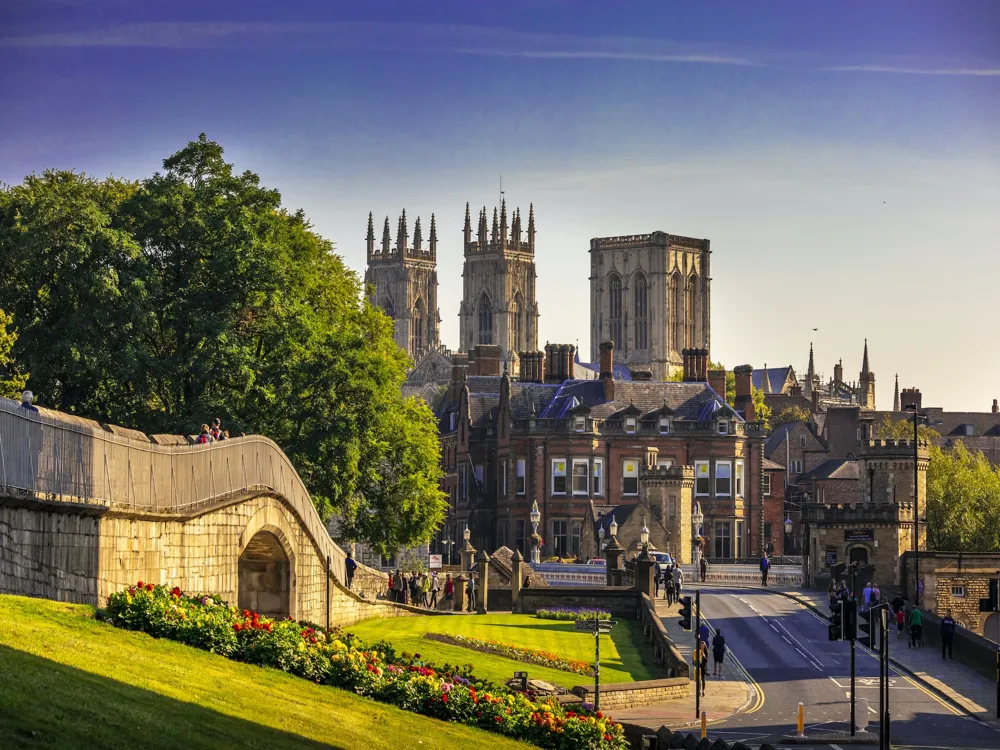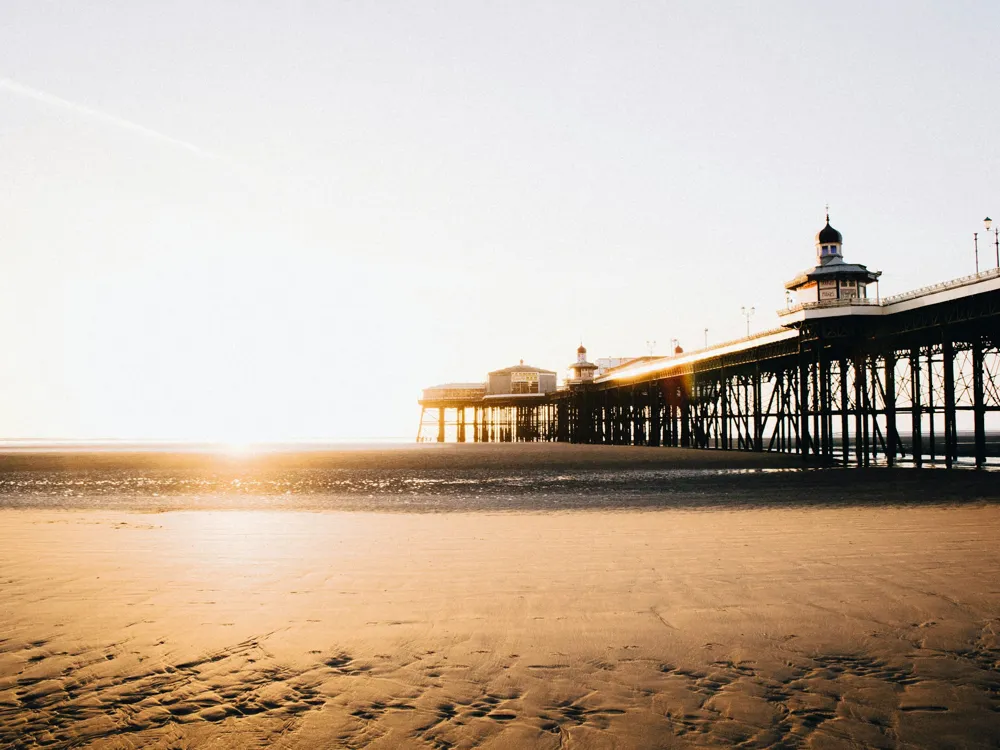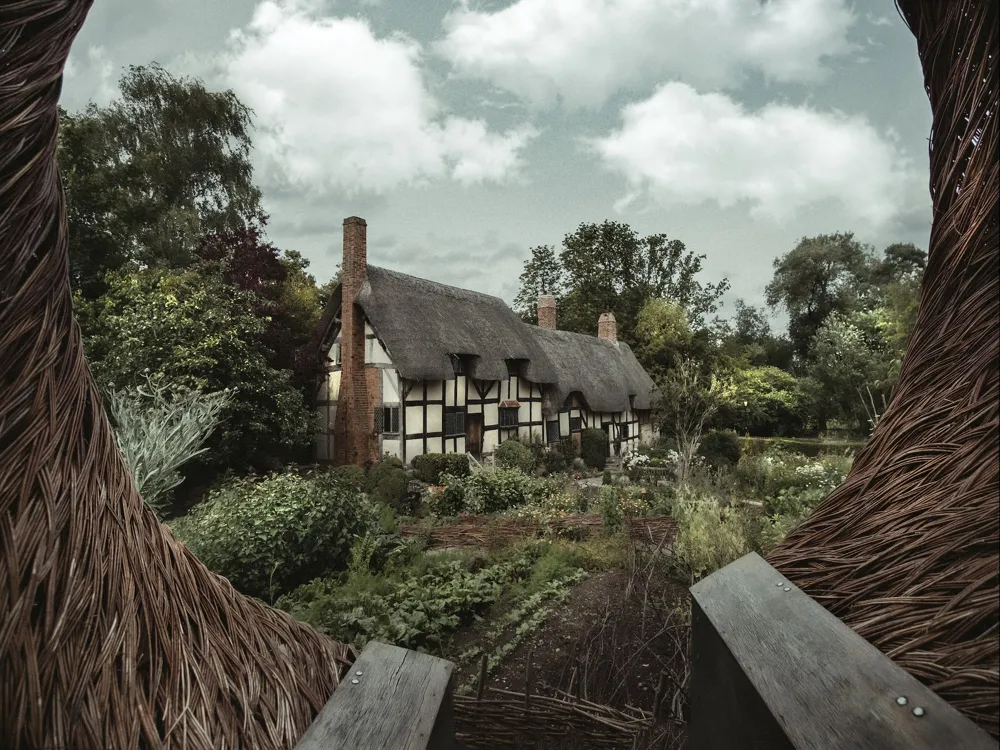The Birmingham Jewellery Quarter, a historic and vibrant area in the heart of Birmingham, England, stands as a testament to the city's rich industrial heritage. Dating back over 250 years, this unique district has been a hub of jewellery production, housing over 40% of the UK's jewellery manufacturing. With its blend of traditional crafts and innovative designs, the Jewellery Quarter is not only a key center for the jewellery trade but also a significant cultural and historical landmark. The significance of the Jewellery Quarter extends beyond its role in the jewellery industry. It's a place where artistry and craftsmanship meet, with hundreds of skilled professionals working in small workshops and studios, many of which have been passed down through generations. This area is also home to the famous Birmingham School of Jewellery, which has been educating aspiring jewellers and metalworkers since 1890. The Quarter's appeal is enhanced by its diverse array of independent shops, cafes, and bars, making it a lively spot for both locals and tourists. The area's rich history is preserved in several museums and galleries, including the Museum of the Jewellery Quarter and the Pen Museum, which offer insights into the area's industrial past and its impact on the city. Visitors can explore the area's quaint streets, lined with Georgian and Victorian buildings, to discover a variety of jewellery retailers offering everything from bespoke pieces to antique gems. The Jewellery Quarter is not only a place to purchase fine jewellery but also to learn about the art of jewellery making and to experience a unique piece of Birmingham's history. The Quarter's vibrant community and historical significance have been recognized with conservation status, ensuring the preservation of its unique character and heritage. This designation has helped foster a renewed interest in the area, leading to the restoration of many of its historic buildings and the opening of new businesses, further adding to its charm and appeal. The Birmingham Jewellery Quarter remains a dynamic and evolving district, where the legacy of the past blends seamlessly with the creativity and innovation of the present, making it a must-visit destination for anyone interested in jewellery, history, or simply experiencing the unique character of Birmingham. The architecture of the Birmingham Jewellery Quarter is a vivid chronicle of the area's evolution from an industrial hub to a modern urban district. This unique architectural landscape is characterized by a mix of Georgian, Victorian, and early 20th-century buildings, many of which were originally constructed to house the burgeoning jewellery and metalworking industries. The Georgian period marked the beginning of the Jewellery Quarter's development. Buildings from this era typically feature symmetrical designs, sash windows, and elegant brickwork, reflecting the architectural preferences of the time. These buildings often housed both workshops and residences, illustrating the close integration of work and domestic life in the Quarter. The Victorian era brought more ornate architectural styles to the Quarter, with many buildings displaying elaborate brick and terracotta facades, large bay windows, and detailed cornicing. The influence of the Arts and Crafts movement is also evident in some structures, emphasizing the importance of craftsmanship and the beauty of handmade objects—a philosophy closely aligned with the ethos of the jewellery trade. The early 20th century saw the addition of Art Deco and Birmingham's own 'Moderne' style buildings, which introduced a more streamlined, modern aesthetic to the area. These structures often feature geometric shapes, bold curves, and decorative elements influenced by the technological optimism of the era. The Jewellery Quarter's streets are lined with an eclectic mix of these architectural styles, each telling a part of the area's story. The preservation and restoration efforts in the Quarter have been crucial in maintaining the integrity of these historic buildings while adapting them for contemporary use. Today, many of these structures house jewellery shops, design studios, and offices, while others have been converted into residential spaces, galleries, and cultural venues. The architectural diversity of the Jewellery Quarter not only adds to its aesthetic appeal but also serves as a physical representation of its rich history and the evolution of industry and art in Birmingham. This unique blend of historical and architectural heritage makes the Jewellery Quarter an invaluable resource for architects, historians, and anyone interested in the urban development of Birmingham. Before visiting the Jewellery Quarter, it's wise to plan your trip. Check the opening hours of the places you intend to visit, as some workshops and smaller shops may have limited hours. Also, consider booking tours or workshops in advance, especially during peak tourist seasons, to ensure you don't miss out on any unique experiences. When exploring the Jewellery Quarter, it's recommended to wander the streets and alleys to fully appreciate the area's architectural charm and to discover hidden gems. Don't hesitate to venture into small galleries or workshops; many artisans are happy to share their craft with visitors. Additionally, keep an eye out for special events and exhibitions that are often held in the area. For those interested in purchasing jewellery, it's important to research and compare prices. Don't be afraid to ask questions about the craftsmanship and the origin of the materials used. Many shops offer bespoke services, allowing you to commission custom pieces. Remember to look for hallmarks on silver and gold items, which guarantee the quality of the metal. The Jewellery Quarter boasts a variety of dining options, from cozy cafes to upscale restaurants. Take time to relax and enjoy the local cuisine. Additionally, the area has several pubs and bars, perfect for unwinding after a day of exploring. The Birmingham Jewellery Quarter is easily accessible by various modes of transportation. By train, it's a short walk from the Jewellery Quarter station, which is well-connected to Birmingham's mainline stations. If you're driving, there are several car parks available in the area. Buses also serve the Quarter, making it convenient for those preferring public transportation. For international visitors, Birmingham Airport is the nearest airport, and from there, one can take a train or taxi to the Quarter. Read More:Overview of Birmingham Jewellery Quarter
Architecture of Birmingham Jewellery Quarter
Tips When Visiting Birmingham Jewellery Quarter
Planning Your Visit
Exploring the Area
Shopping Tips
Dining and Relaxation
How To Reach Birmingham Jewellery Quarter
Birmingham Jewellery Quarter
Birmingham
NaN onwards
View birmingham Packages
Weather :
Tags : Shopping
Time Required : 4-5 hours
Planning a Trip? Ask Your Question
Birmingham Travel Packages
View All Packages For Birmingham
Top Hotel Collections for Birmingham

Private Pool

Luxury Hotels

5-Star Hotels

Pet Friendly
Top Hotels Near Birmingham
Other Top Ranking Places In Birmingham
View All Places To Visit In birmingham
View birmingham Packages
Weather :
Tags : Shopping
Time Required : 4-5 hours
Planning a Trip? Ask Your Question
Birmingham Travel Packages
View All Packages For Birmingham
Top Hotel Collections for Birmingham

Private Pool

Luxury Hotels

5-Star Hotels

Pet Friendly









